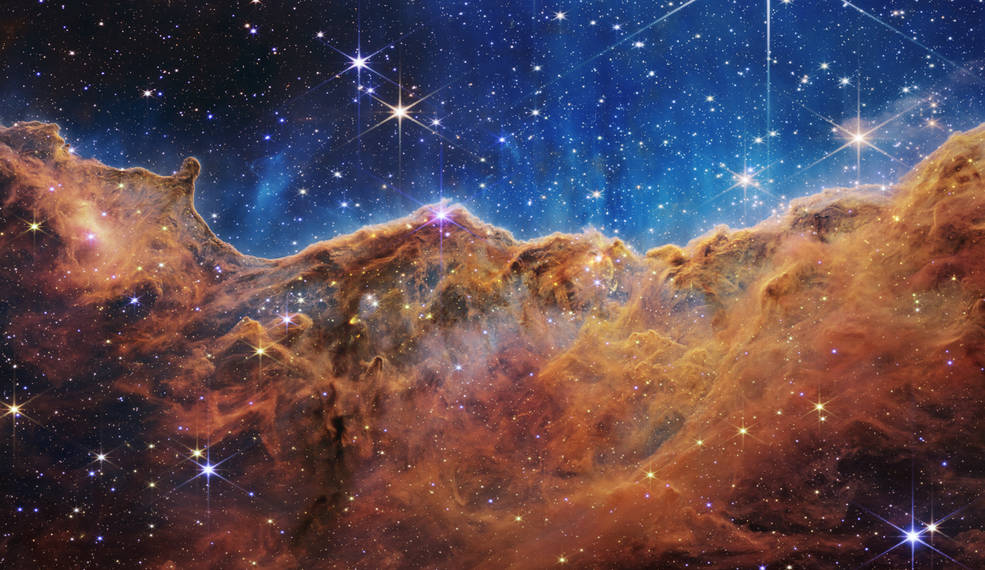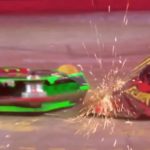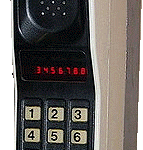Science and space is truly a magnificent combination which can take you into realms of discoveries and endless wonders. Included in both of these are experiments, transformations, evolution, and other natural occurrences that take place in our world, the universe instead. Given that, below are the six most innovative advances in space technology that deserves your attention.
Table of Contents
James Webb Space Telescope

On December 25, 2021, the world’s largest and most powerful space telescope was launched into outer space. The James Webb Space Telescope is a powerful telescope that will allow us to see further into space than ever before. Recently, James Webb sent images of outer space and they were stunning.
It will be utilized to research the early universe and exoplanets around other stars. The Webb telescope has revealed its full potential in the first pictures it captured, eager to begin its mission to explore the infrared cosmos. Webb will provide scientists with an unprecedented view of our universe, and promises to revolutionize our understanding of the cosmos. We are excited to see what this incredible telescope will reveal about our place in the universe.
With this state-of-the-art technology, we will be able to explore the universe in ways we never thought possible and gain a better understanding of our place in it.
Spacesuit Technology
Next, we have the spacesuit technology, which takes a lot of money and effort to do just one piece. It is said and proven that each spacesuit can weigh 300 lbs or more and cost over $22 million. It may be exaggerating, yet this is the truth. Besides, spacesuits are used for space expeditions, so it only needs extreme effort and dedication to protect the astronauts from space harm.
Without a spacesuit, astronauts would be vulnerable to all sorts of dangers, making exploration impossible. Thanks to the dedication of scientists and engineers, we now have the technology to create these life-saving suits.
Kepler Space Telescope
This telescope is a low-cost one and was expected to last for four years only yet to last for ten years. It is used to find planets outside the solar system that has the same characteristics as Earth. Throughout the time, it was able to reveal almost 4,500 planets, including the candidate ones.
The Kepler telescope despite its old age has greatly expanded our understanding of the universe and has helped to pave the way for future generations of telescopes.
International Space Station
This is the most expensive and most extensive technology ever built, costing $160 billion and weighing a million pounds. It is the most significant and grandest investment in space technology to provide passengers with five miles per second of travel. Simply, it can take up only 90 minutes to travel around the Earth using this.
Consequently, the International Space Station is an amazing feat of human engineering and a testament to our ability to explore and discover new things in our universe.
Spirit and Opportunity
We have the Spirit and Opportunity which refers to the two successful rovers of Mars that brought discoveries to effective control of the said planet. Many discoveries on Mars were made thanks to these two Mars rovers.
They were advanced enough to be controlled by the Earth. This is the mission that provided the Earth people with details and photos about Mars’ atmosphere, materials, and condition.
Hubble Space Telescope
With its first launch in 1990, the Hubble Space Telescope was regarded as one of the most innovative and successful space exploration advances. It helped resolve lots of space mysteries and provided jaw-dropping images of space and back on Earth by avoiding distortion.
This technology also helped scientists identify the exact age of the universe, which resulted in more expeditions and discoveries concerning space and science.




